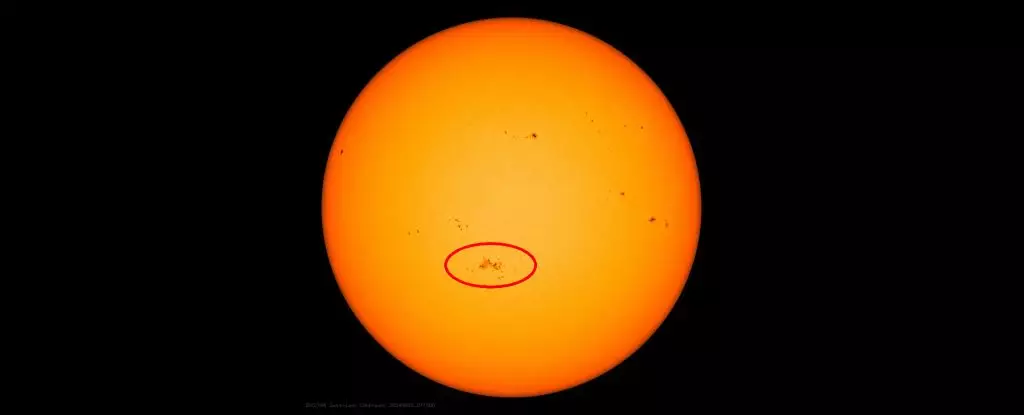The sunspot region AR 3697, previously known as AR 3664, has made a grand return after rotating away from the view onto the far side of the Sun. This active region has not lost its momentum, as it continues to unleash powerful X-class flares. Since its reappearance on 27 May, AR 3697 has already emitted a total of five X-class flares, with the latest being an X 2.8. This sudden burst of solar activity has garnered attention from astronomers and skywatchers alike.
Heightened Potential for Solar Storms
Despite the impressive display of X-class flares, there has been no accompanying coronal mass ejection (CME) reported thus far. While this may seem like a relief in terms of space weather impact on Earth, AR 3697 remains unpredictable. With its location near the center of the Sun’s disk, any further eruptions are likely to be directed towards our planet. This raises the possibility of increased CME activity, although it is not guaranteed.
In addition to the X-class flares, AR 3697 has also been emitting weaker M-class and C-class flares on a daily basis. Although these flares are not as potent as X-class events, they still contribute to the overall solar activity. The chances of more X-class flares from AR 3697 remain high, with estimates indicating a 30 percent likelihood according to Spaceweatherlive.
As we approach or enter the peak of the Sun’s 11-year activity cycle, the reemergence of an active sunspot region like AR 3697 is significant. Even if this region has already displayed its most powerful flares, there is always the potential for new sunspot regions to develop and create dazzling auroras in the coming months. The dynamic nature of the Sun reminds us of its influence on space weather and highlights the need for continued monitoring and research in this field.
As we witness the return of AR 3697 and its ongoing flaring activity, it serves as a reminder of the ever-changing nature of our closest star. While we may not experience the same level of solar storms as seen in early May, the presence of an active sunspot region like AR 3697 keeps us on our toes. Whether it’s the beauty of auroras or the potential for space weather impacts, the Sun continues to captivate and surprise us with its unpredictable behavior.


Leave a Reply